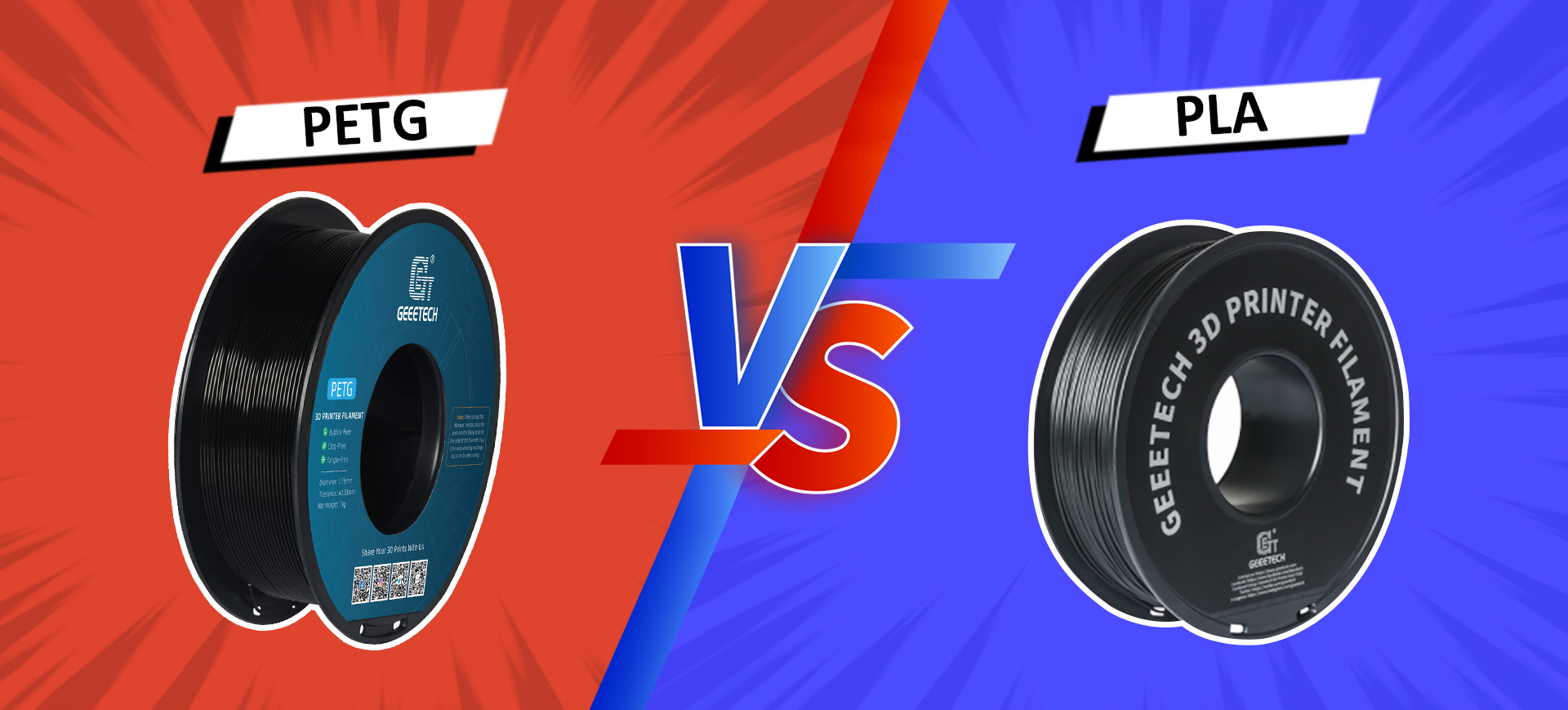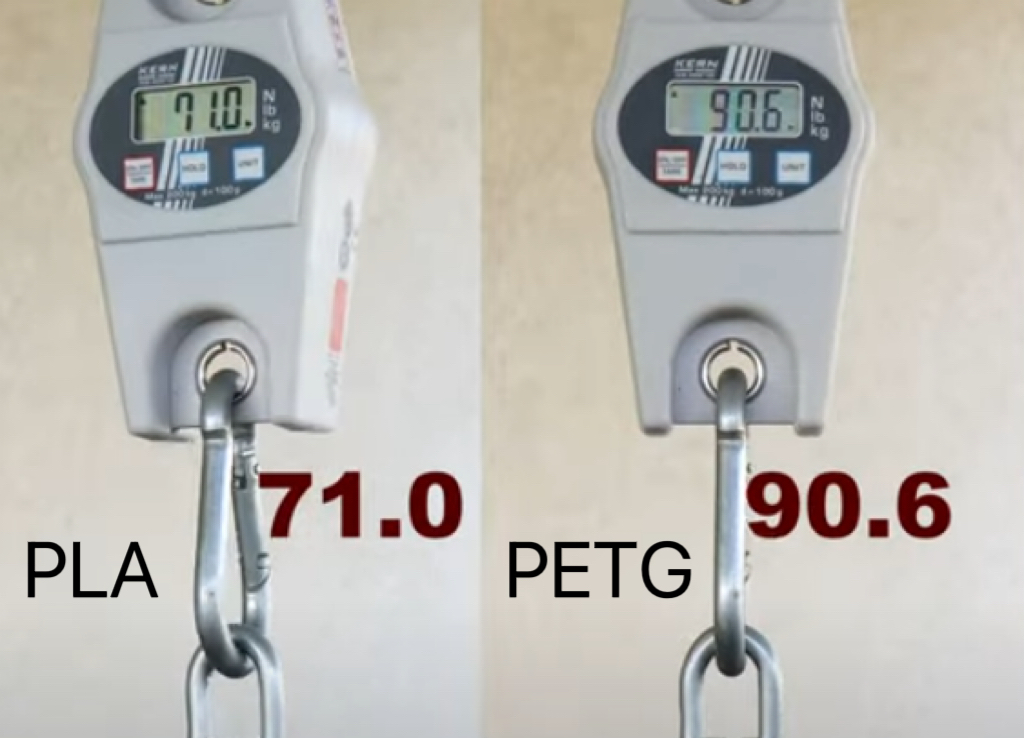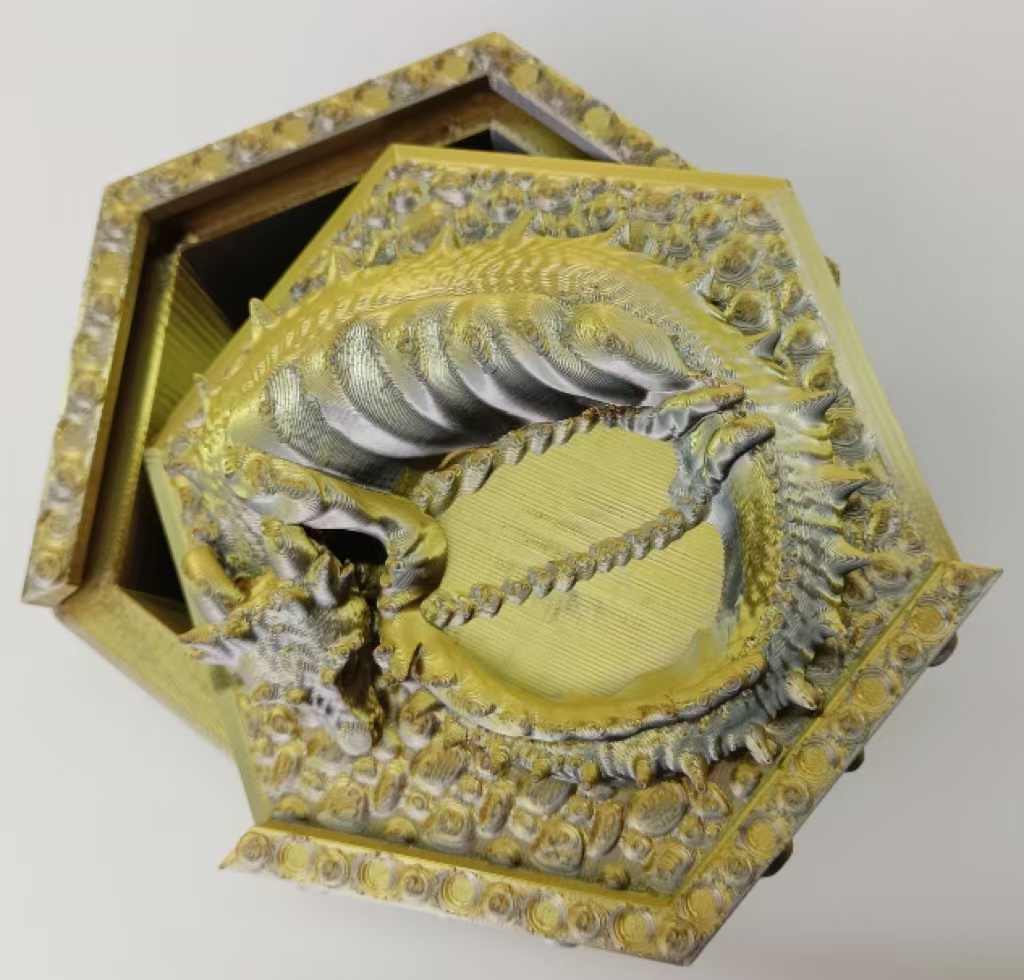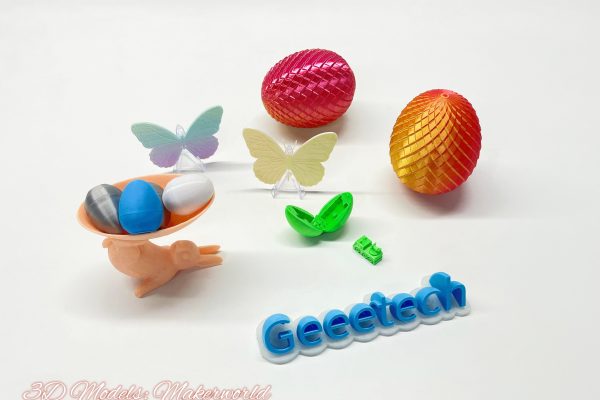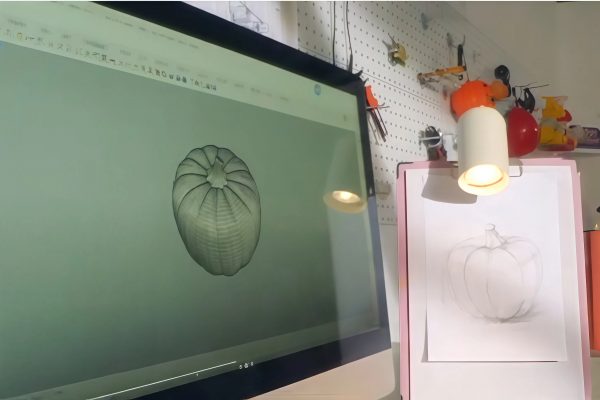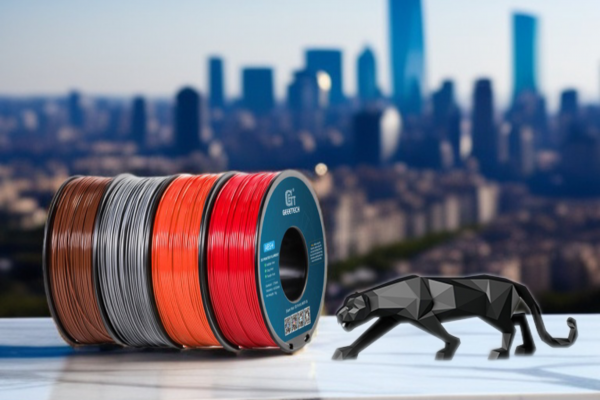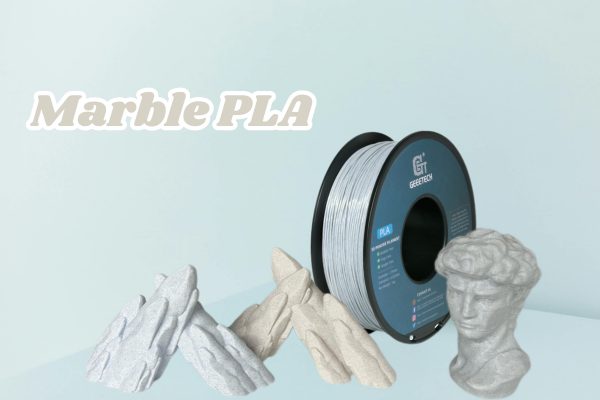You do not need a science degree to become an expert in 3D printers and 3D printing filament types. With our help, you will get one step closer by understanding all you need to know about PETG filament and PLA filament.
PETG VS PLA : Definition
To explain the differences, let us look at the basic filament definition for each material below.
What is PLA?

PLA is a biodegradable type of plastic. When you heat it up in your 3D printer nozzle, it becomes flexible and once it cools down it will maintain its new shape. It is often made of ecologically friendly materials and has a reputation as being perfect for beginners.
What is PETG?

For people looking for a more solid material that can withstand high temperatures or is suited for outdoor use, PETG filament is a great alternative to PLA. Beginners will also be able to use it without issue, and more advanced people can experiment with settings to get a strong and durable print.
PETG VS PLA : Advantages
Every PETG filament is different, so today we will be looking specifically at Geeetech PETG filament, and examine those advantages compared to PLA filament in particular. You might have read that PETG is stronger than PLA, but it is also great for 3D prints that use complex geometry, such as multiple bends or thin vases for instance.
PETG VS PLA : Disadvantages
Unfortunately, PETG is not a 3D printing filament that only offers up positives. Some users have experienced poor results with their prints because PETG is susceptible to moisture. This can be fixed by either storing the filament in sealed containers when not in use, or by drying the filament before use.
PETG VS PLA : Printing
Cheap 3D printer filament can lead to poorer models and imperfections, as well as bad adherence to the printer bed itself, maybe even ruining your print altogether. So remember to look out for a trusted manufacturer with good reviews, such as Geeetech, when purchasing your filaments.
Print Settings
Since the PLA melting point is typically around 150 to 160 °C, we will at least need that temperature for our nozzle. Different manufacturers use slightly different ingredients and mixtures so for Geeetech filament, the below values can be used as recommendations for PLA filament:
| Extrusion nozzle temperature | 185°C – 215°C |
| 3D printer hot bed temperature | 25°C – 60°C |
| Fan speed | 80% – 100% |
| Fan speed for the first 1-2 layers | 25% – 50% |
For PETG filament you can use the below recommendations:
| Extrusion nozzle temperature | 220-240°C |
| 3D printer hot bed temperature | 80-90°C |
| First Layer Print Speed | 20 mm/s |
| Print Speed | 40 – 50 mm/s |
Print Quality
The above print settings should provide you with good print quality as a base point. It is a good idea to also check the description of the model you are printing if you download it from a public website for instance. There you will typically find tips and tricks for settings to further improve your print quality.

PETG VS PLA: Pricing
Using Geeetech filament as an example, there are no meaningful difference in the price:
| 1 kilogram of Geeetech PLA filament | $9.79 |
| 1 kilogram of Geeetech PETG filament | $9.49 |
PETG VS PLA: Applications
Let us look at both types of 3D printing filament and some new applications in which they have seen adoption in recent times.
The Applications of PETG Filament
Since PETG filament is a durable material that can resist extreme temperatures and environments, Enhanced Geothermal Systems (EGS) has recently adopted it to meet the demands of that industry. This is just one example of how PETG is being used in cutting-edge heavy industries.
The Applications of PLA Filament
PLA filament is biodegradable, but not really recommended or suitable for outdoor use as PETG. This has led to innovations where PLA is used to help with medicine storage, food packaging and other areas where safety is critical and eco-friendliness helps the material see new adoptions regularly.
Conclusion
At the end of the day, many prints are possible with both PETG filaments and PLA filaments from Geeetech, and PLA is especially great for beginners and indoor projects, while PETG is a logical next step for people requiring a filament for more demanding projects or prints that will use a 3D printing filament to be used outdoors. When to use PETG vs PLA therefore relies on each specific project and it can be a good idea to have stocked up on both materials.
